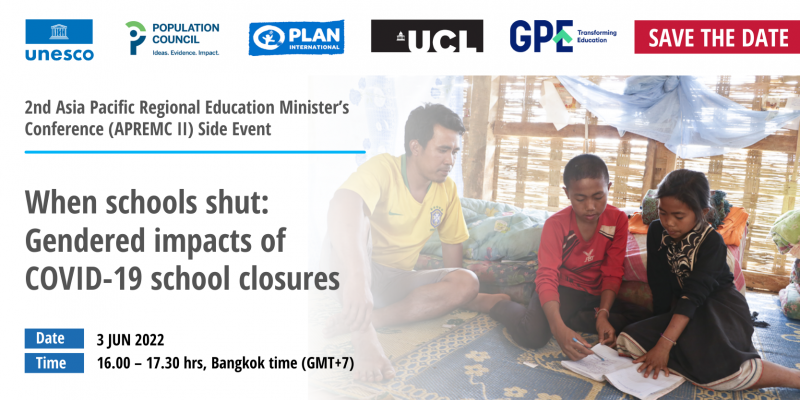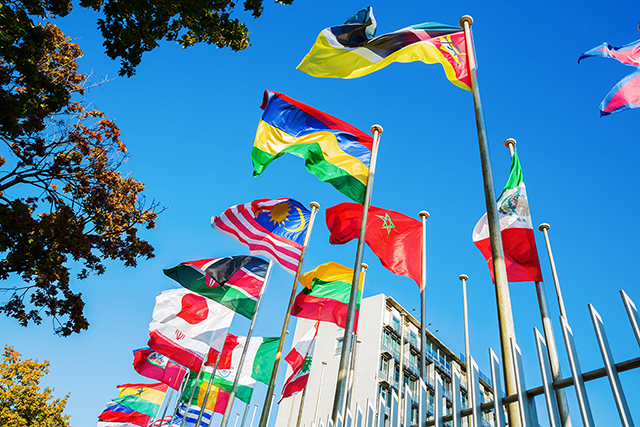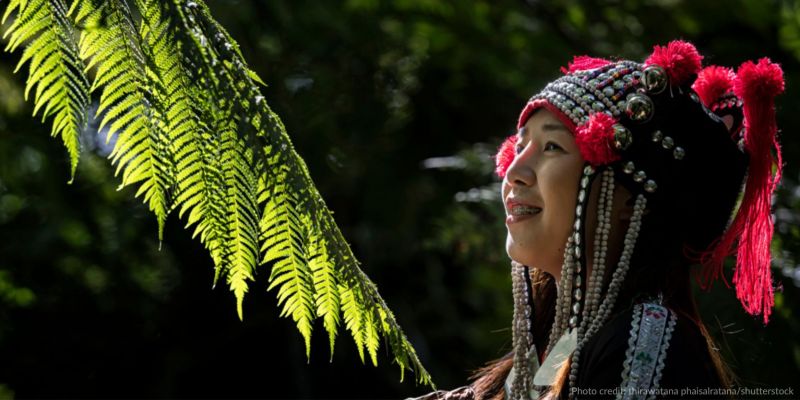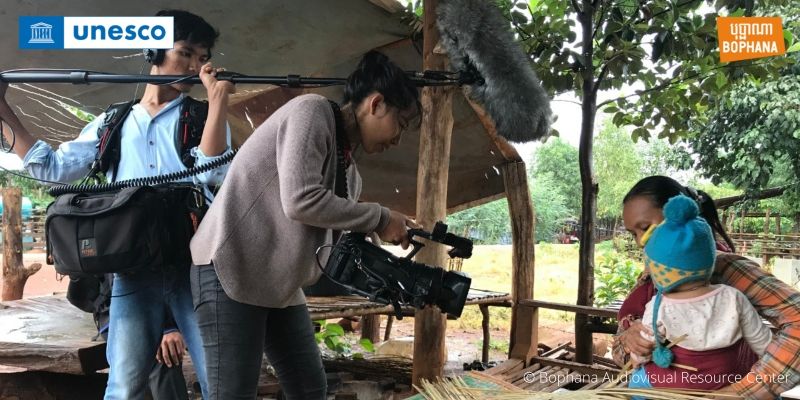Gendered impacts of COVID-19 school closures: how youth in Asia and the Pacific have been affected
A report from the 2nd Asia-Pacific Regional Education Minister’s Conference (APREMC-II), June 2022

This crisis has also impacted leaners’ ability to study online and return to school, widening a pre-existing inequality gap in access to education and learning. The UNESCO (2021) report, When schools shut: gendered impacts of COVID-19 school closures (hereafter ‘When schools shut’) showed that the most vulnerable have limited access to and participation in remote learning modalities, thus disrupting their education equity and quality. Similarly, the UNESCO (2022) report, Evidence on the gendered impacts of extended school closures: a systematic review (hereafter ‘Evidence’) has revealed that gendered impacts affect education outcomes, learning processes, education systems, socio-economic inequalities, and personal protection from harm. Every learner’s physical and mental health, nutrition, and general well-being have been disproportionately affected.

The learning issues highlighted in the UNESCO ‘When schools shut’ and ‘Evidence’ reports, along with the recent education experiences of Asia-Pacific countries were highlighted in a virtual side event at the 2nd Asia-Pacific Regional Education Minister’s Conference (APREMC-II). Bringing together education leaders from across Asia and the Pacific, the side event, ‘When schools shut: gendered impacts of COVID-19 school closures’ fostered knowledge and ideas exchange on how countries in the Asia-Pacific region can develop and implement comprehensive intersectoral interventions that challenge gender-based barriers to girls’ and boys’ participation in remote learning during extended school closures, and during their return to school, with particular attention paid to learners’ protection, health, nutrition and well-being.

Following the reports’ findings, panel discussion at the side-event explored several innovations for gender-responsive learning recovery and transforming education systems. Schoolteacher and youth activist Phuong Anh noted that peer support, led by girls and boys, was initiated in Viet Nam to take care of students’ mental health during the COVID-19 isolation. Vietnamese youth volunteers conducted educational activities for marginalized children at home and through online platforms. A ‘flipped’ classroom approach, in which traditional lecture and homework elements are reversed, was adopted by schoolteachers to provide learners with flexible, individualized learning spaces. Education specialist Jorge Ubaldo Colin Pescina pointed out that gendered education in Cambodia was embedded in many curricula and translated into different languages in response to the country’s linguistic diversity. Pescina also noted that in Papua New Guinea, schools guided parents in supporting student’s emotional, psychological, and social well-being at home, thereby helping to mitigate common forms of gender-based violence beyond the classroom.
To develop gender-responsive learning recovery, and to foster gender-transformative education systems that prioritize equity and resilience, short, medium, and long-term plans should be carefully promoted. The gendered impacts of COVID-19 and other extended school closures has profoundly affected leaners’ abilities, health, and well-being. Although governments and NGOs have begun to address learning loss and implement learning recovery plans, more work in this area is needed. UNESCO itself makes key recommendations to ensure the right to education and gender equality, namely (1) Advance equal access to gender-responsive and inclusive remote learning; (2) Prevent school dropout, and ensure the return to school – particularly for the most vulnerable; (3) Safeguard the health and well-being of all learners and teachers; (4) Build resilient, equitable and gender-responsive education systems; (5) Finance education that promotes inclusion and gender equality; and (6) Promote and ensure integrated, coordinated and system-wide approaches.
In conclusion, multiple kinds of evidence have demonstrated how boys and girls in Asia and the Pacific have been affected by pandemic school closures in various ways. The culture, norm, and socioeconomic status rooted in a learner’s life prove key factors for influencing students’ learning happiness and performance, especially in the era of COVID-19, when traditional means of education were disputed. Nevertheless, the learning gaps created by gendered impacts of COVID-19 school closures have been critically assessed by the work of UNESCO and its partners. In this regard, several practices and recommendations made by UNESCO for improving the quality of education, and ensuring gender equality throughout that process, were well received at this important side event.
By Jenelle Babb, Regional Advisor, and Worapot Yodpet, Junior Project Consultant, Education for Health and Wellbeing Team, Section of Inclusive Quality Education (IQE), UNESCO Asia and Pacific Regional Bureau for Education (UNESCO Bangkok)







